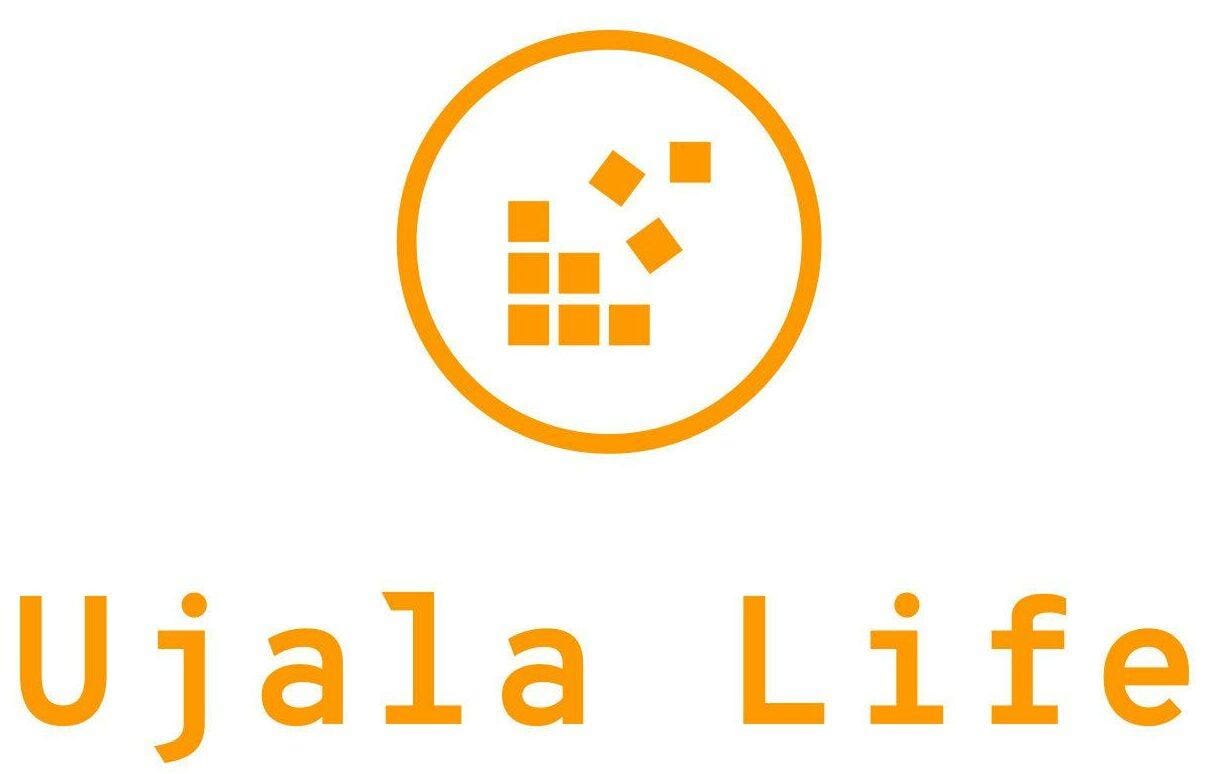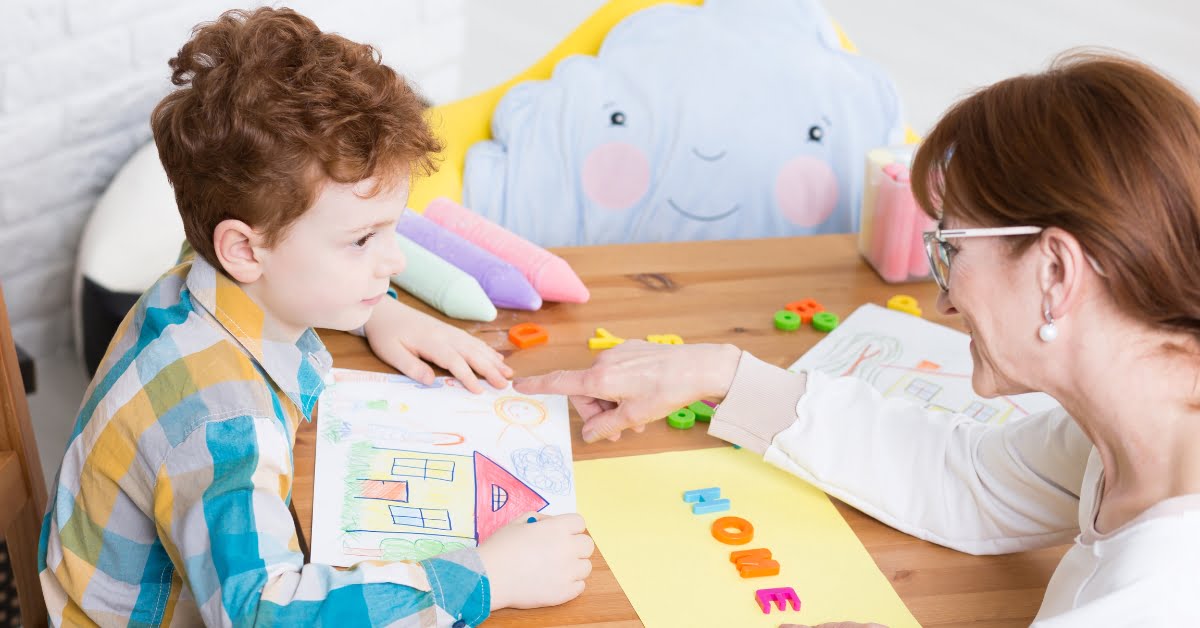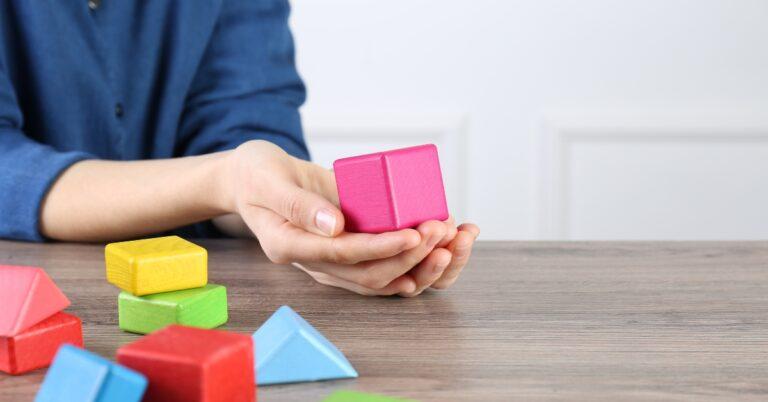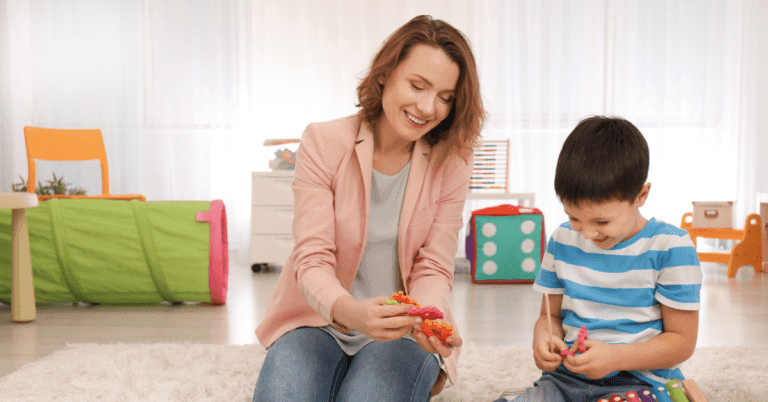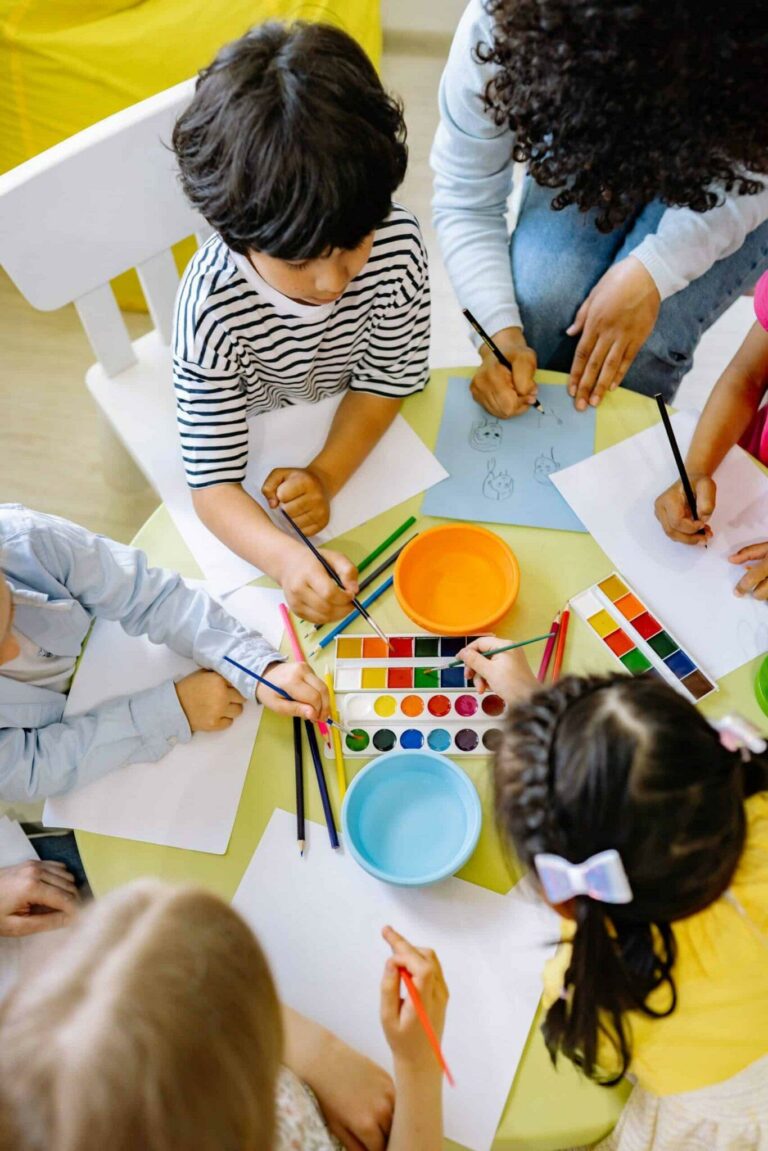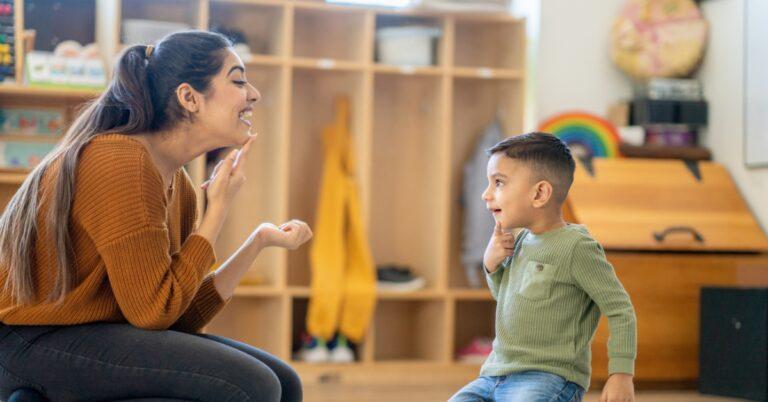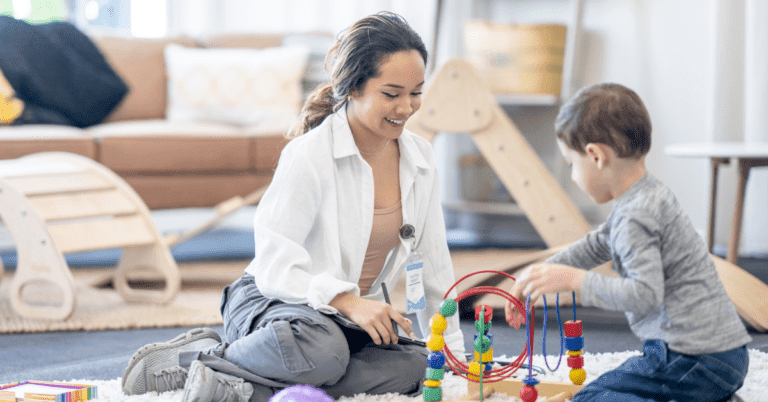Montessori + ABA: 2 Powerful Paths to Autism Education
There can always be some challenge when it comes to deciding on an educational approach for autistic learners. There is the debate of either Montessori or ABA, why not both? Montessori and ABA offer a holistic approach when correctly merged. This combination is child-centered and helps empower children while they are learning.
What is Montessori?
Montessori is more than a method—it’s a philosophy. It centers on the belief that children are naturally curious and capable. In a Montessori environment, children choose their activities. They work at their own pace. They learn through hands-on materials designed to spark exploration. The adult serves as a guide, observing and stepping in only when necessary, respecting the child’s autonomy. Montessori’s focus on independence, freedom within limits, and intrinsic motivation can be deeply affirming for autistic children. Paired with the right support, this approach is especially beneficial.
What is ABA?
Applied Behavior Analysis (ABA) is an evidence-based method for teaching important skills. It involves breaking down tasks, using positive reinforcement, and monitoring progress. When ABA is implemented ethically, it focuses on the child’s self-direction. It can effectively teach communication. It also teaches daily living skills and emotional regulation. The goal of ABA is not to control the child. Instead, it aims to empower them to develop the skills necessary for greater independence. This leads to a more satisfying life.
Some shared values include individualized learning. We respect each child’s individual needs and strengths. We also share the goal of fostering independence and meaningful engagement.
Why Montessori + ABA? The Power of a Holistic Approach
Montessori Strengths:
- Independence
- Exploration
- Intrinsic Motivation
ABA Strengths:
- Clarity
- Structure
- Measurable Outcomes
Both approaches have their own strengths, but they complement each other. Montessori focuses on the child’s interests and natural curiosity. ABA focuses on strategies to break down skills, providing feedback, and guiding learning. Together they help children to maximize their learning potential.
Practical Ways to Blend Montessori and ABA
There are multiple different ways to incorporate both techniques seamlessly into education plans, some of which include:
- Create a prepared environment – Montessori shelves with ABA supports
- Follow the child with gentle guidance – watch first, then intervene when necessary
- Reinforce effort not simply outcomes – Montessori focuses on process, ABA focuses on positive reinforcement, together they celebrate progress
- Use Montessori materials for ABA goals – counting beads for math skills for example
- Data without disruption – taking data in a Montessori environment
Implementing different aspects of each method in a creative way will help to enhance each child’s learning journey.

Addressing Concerns: Myths and Misconceptions
There are a few common misconceptions for blending each technique. One of which is that ABA is too rigid for Montessori, but this is not the case. ABA can be flexible in the approaches used for each child. This flexibility allows Montessori to fit right into the path. There is also the claim that Montessori does not support structure, but this is also false. Every teaching method has some structure, Montessori is no exception. Both techniques can be adapted to what the child needs and wants in their learning environment. The goal is not just about using certain approaches. It is about creating an environment where children feel comfortable. They should feel seen while still being supported.
Conclusion: The Path to Empowered Learning
At its heart, education is about more than just teaching skills or managing behavior. It’s about nurturing a child’s sense of self. It involves fostering independence and creating a world where learning is safe, meaningful, and joyful. For autistic learners, this journey is especially important. They deserve an approach that recognizes their unique strengths. It should honor their individuality. Additionally, it needs to offer the right support at the right time.
That’s why at Ujala Life, we believe in breaking down silos between techniques and philosophies. Montessori teaches us to trust the child’s inner guide. It encourages us to follow their curiosity. We prepare an environment that supports independence. When practiced ethically and with respect, ABA offers tools for teaching meaningful skills. It breaks down barriers and reinforces progress in a way that uplifts, not controls.
When we thoughtfully combine these approaches, we create a truly holistic path to learning. This path is flexible, affirming, and responsive to each child’s unique journey. Montessori + ABA is not about rigid rules or competing philosophies. It’s about blending the best of both worlds to create empowered learning:
Where curiosity is honored.
Where challenges are met with compassion.
Where progress is measured not just by outcomes, but by confidence, joy, and connection.
At Ujala Life, we’re here to guide families, educators, and therapists on this journey. We offer resources, support, and a community. This community embraces a whole-child, neurodiversity-affirming approach. Together, we can create learning environments. Every child will feel seen and supported. They will be capable of thriving in their own beautiful way.
Let’s move beyond “either-or” thinking. Let’s build bridges between Montessori and ABA, between child-led exploration and structured support, between independence and guidance. Because when we do, we empower children not just to learn, but to shine.
